Murder Hornets Eradicated From U.S. After 5-Year Battle
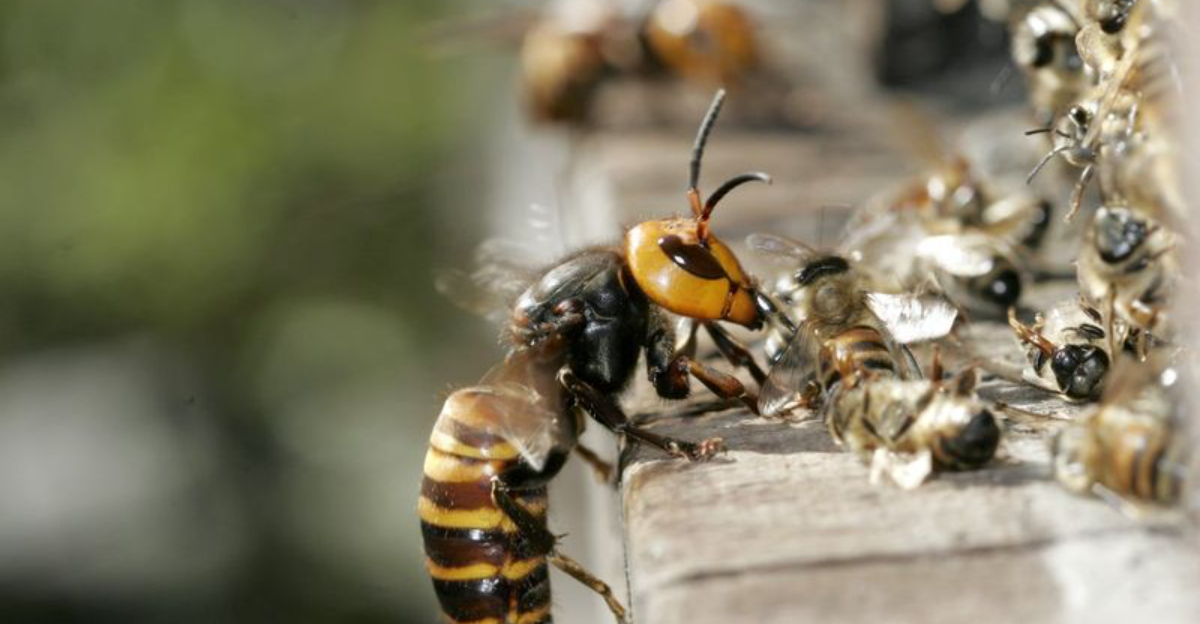
After half a decade of strategic combat, the United States has officially won its battle against the invasive Asian giant hornets, nicknamed ‘murder hornets.’
These menacing insects, which first appeared in Washington state in 2019, posed a serious threat to honeybees and native pollinators. The successful eradication marks a rare environmental victory worth celebrating and learning from.
The Battle Against Murder Hornets: A 5-Year Effort To Protect U.S. Agriculture
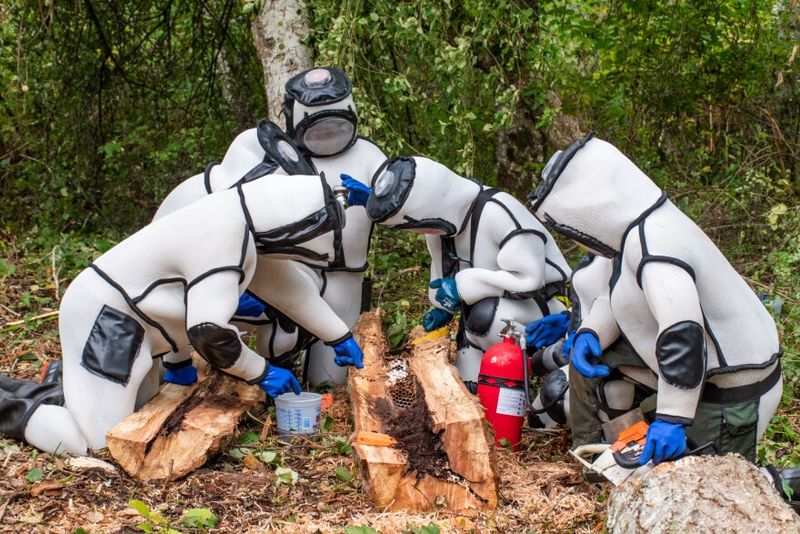
What began as a shocking discovery in December 2019 evolved into a coordinated campaign spanning multiple agencies. Scientists, beekeepers, and officials joined forces to hunt down these two-inch predators before they could establish permanent colonies.
Early detection proved crucial. The hornets’ potential impact on crops dependent on honeybee pollination—worth over $15 billion annually—motivated swift action from agricultural authorities nationwide.
Why Murder Hornets Were A Threat To Honeybees And Ecosystems
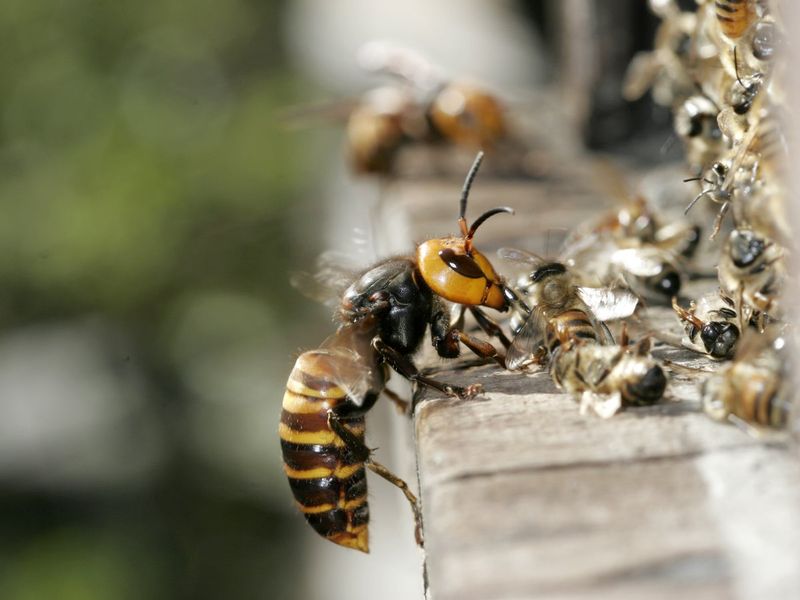
A single Asian giant hornet can decimate an entire honeybee colony in just hours. Their hunting technique is brutal—they decapitate bees and carry their thoraxes back to feed their young.
Beyond honeybees, these predators threatened native insect populations critical to North American ecosystems. Their massive size—queens reach two inches long—and painful sting made them formidable invaders with few natural enemies in the U.S.
Eradication Success: How U.S. Officials Declared Murder Hornets Gone
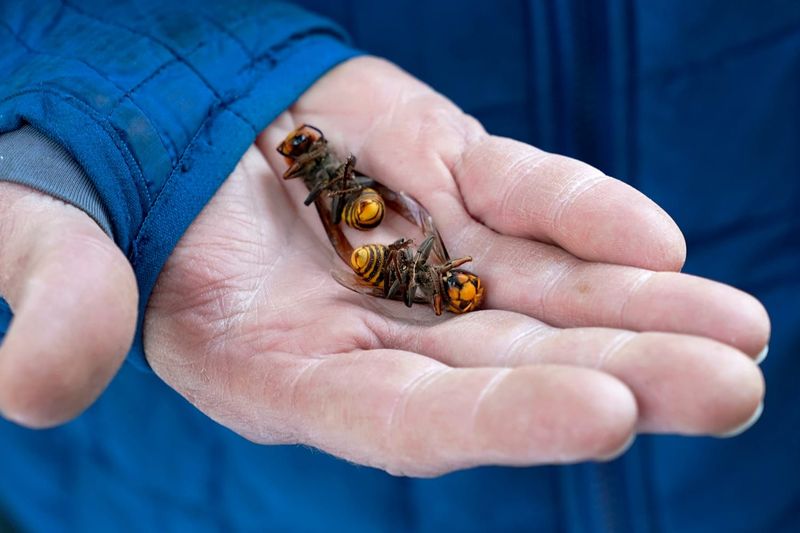
Officials celebrated victory after three consecutive years without detecting a single live hornet. This milestone met international standards for declaring an invasive species officially eradicated from a region.
The announcement came after thousands of traps were monitored across Washington and neighboring states. DNA analysis and environmental sampling confirmed the absence of hornet populations, turning a frightening invasion into a textbook case of successful intervention.
Tracking And Destroying Murder Hornet Nests: The Strategy Behind The Effort
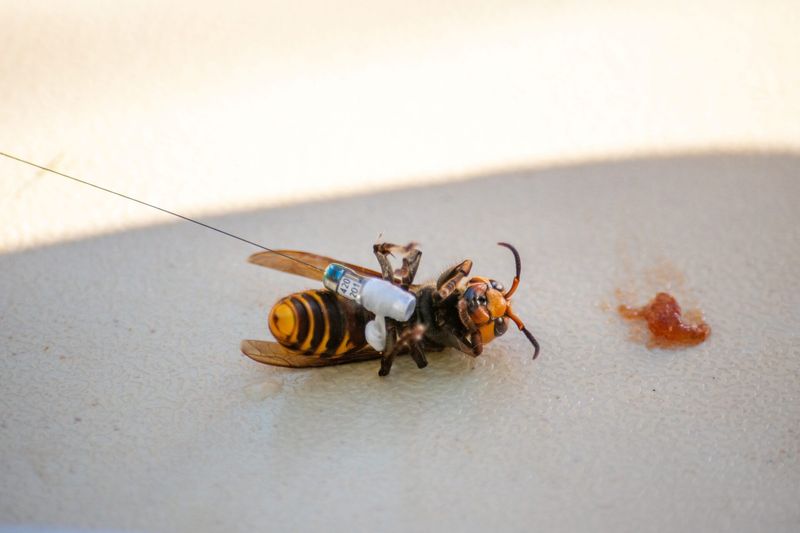
Entomologists became insect detectives, using infrared cameras and tracking devices to locate underground nests hidden in forest floors. Once discovered, teams wearing specialized protective gear would vacuum out hornets and inject carbon dioxide to neutralize remaining threats.
Each nest destruction required military-like precision, often conducted at dawn when hornets were least active. The largest nest contained nearly 1,500 developing hornets—a sobering reminder of their reproductive potential.
The Role Of Public Involvement In The Eradication Of Murder Hornets
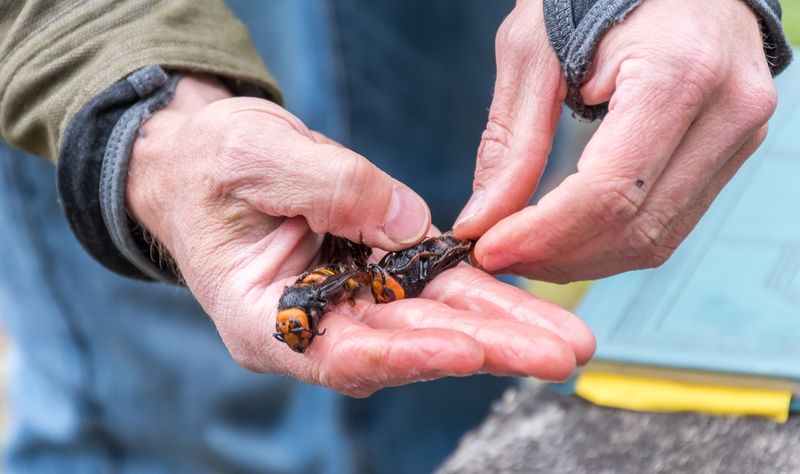
Everyday citizens became crucial allies in the battle. Thousands reported potential sightings through a specially developed app, allowing experts to investigate promising leads while filtering out false alarms.
Community science initiatives trained volunteers to identify hornets and monitor traps in their neighborhoods. This grassroots network multiplied the eyes watching for the invasive predators, proving that public engagement can make or break conservation efforts.
How Radio-Tagged Hornets Helped Scientists Locate Nests
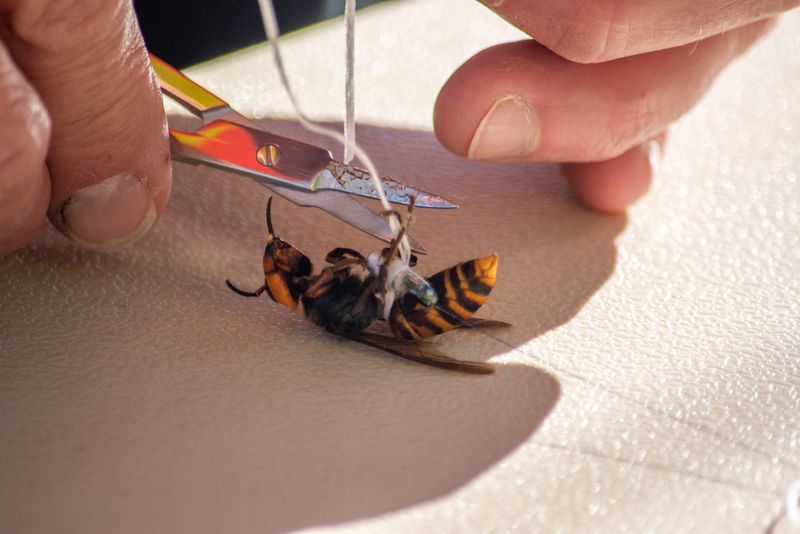
Ingenious tracking methods turned the hornets’ own mobility against them. Scientists captured live specimens, attached tiny radio transmitters weighing less than a paper clip, and released them to unwittingly lead researchers straight to their hidden colonies.
Following these insect spies required patience and specialized equipment. Teams tracked signals through dense forest, sometimes covering miles before the hornet returned to its underground fortress.
Murder Hornet’s Impact On Honeybees: A Threat To Pollination
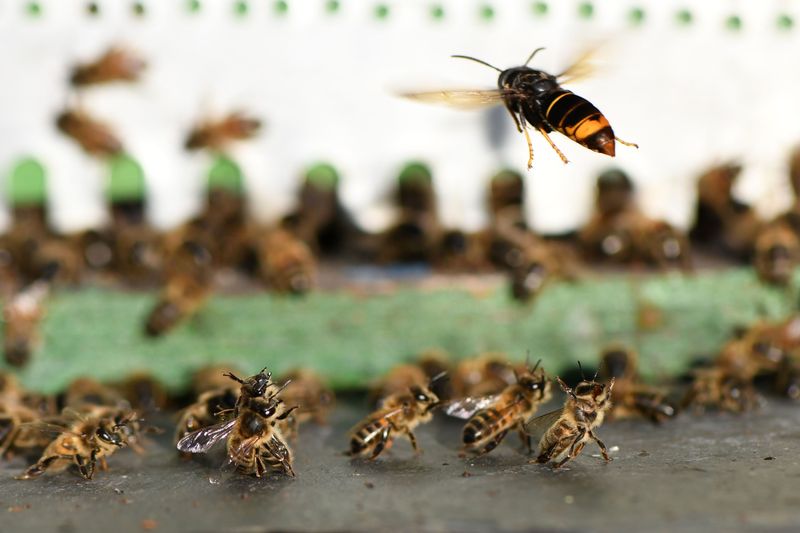
Honeybees in Asia evolved defensive tactics against these predators, forming “heat balls” around invading hornets to cook them alive. American bees lack these strategies, making them especially vulnerable.
Beyond the direct loss of bee colonies, the hornets threatened agricultural systems dependent on pollination. Blueberries, apples, and almonds—crops worth billions—faced potential disruption had the invasion succeeded in establishing permanent populations across North America.
What’s Next: Ongoing Vigilance Against Reintroduction Of Murder Hornets
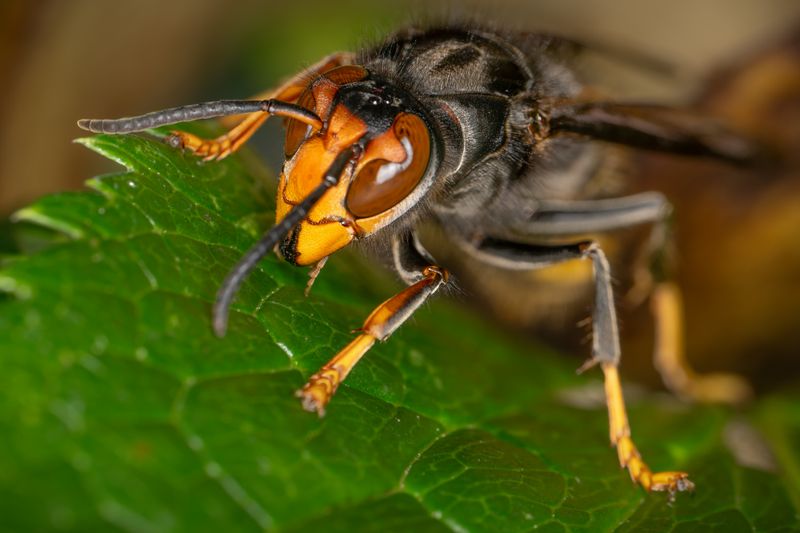
Victory doesn’t mean permanent safety. Officials maintain hundreds of monitoring stations along coastal areas and international shipping routes where hornets might reappear.
Border inspections now include specialized training for detecting hornet queens in imported goods. Scientists continue studying Asian giant hornets in their native range to better understand their biology and improve future response plans should new invasions occur.
A Rare Victory: The Significance Of The U.S. Eradicating Murder Hornets
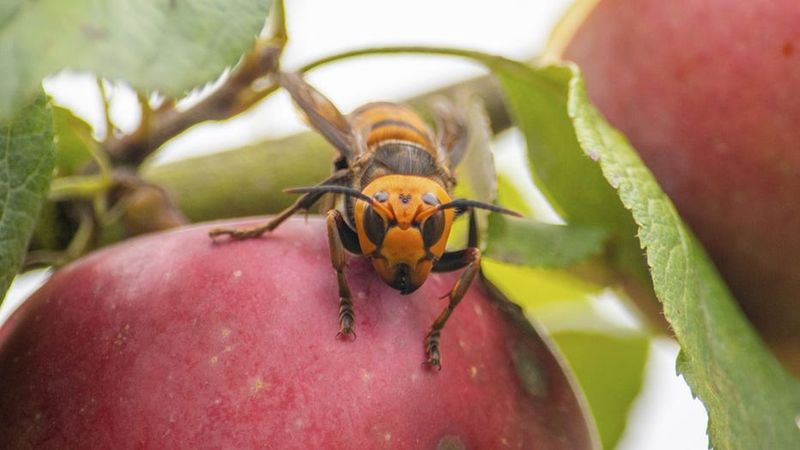
Environmental success stories are uncommon in the battle against invasive species. Once established, most invaders become permanent fixtures—kudzu, zebra mussels, and emerald ash borers continue to cause billions in damage annually.
The hornet victory offers a blueprint for future responses. Early detection, rapid intervention, coordinated agencies, and public participation proved essential. This triumph demonstrates that with sufficient resources and determination, even frightening invasions can be reversed.






